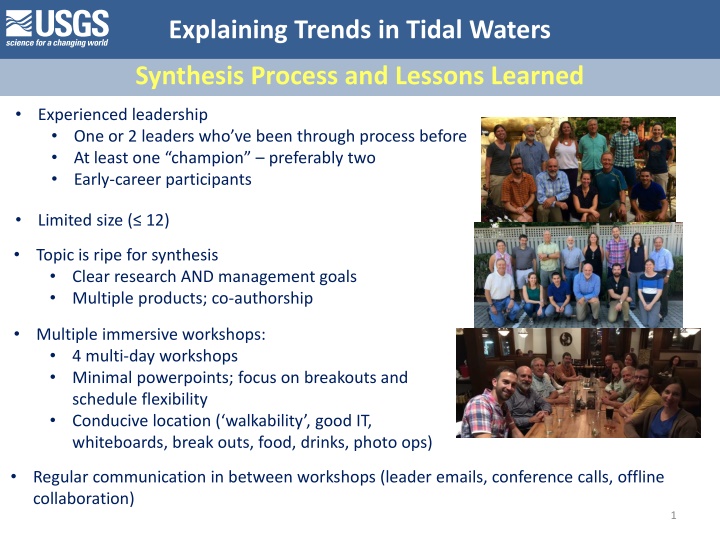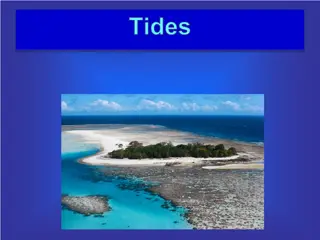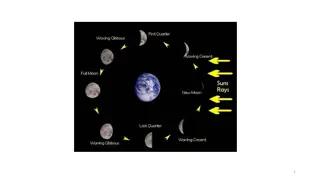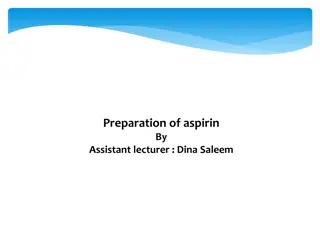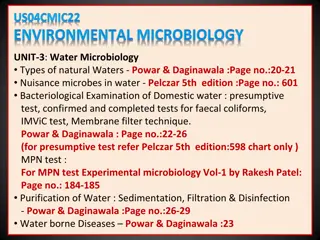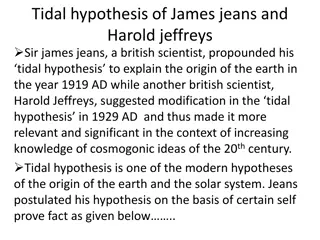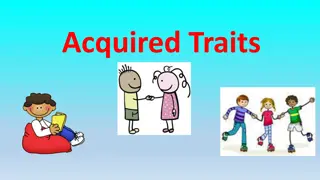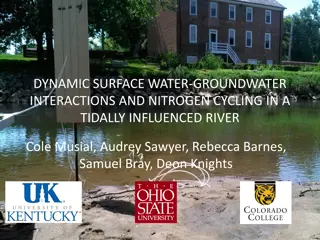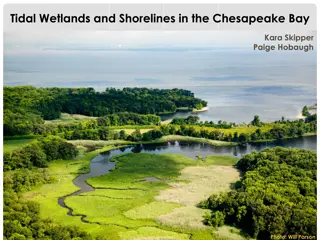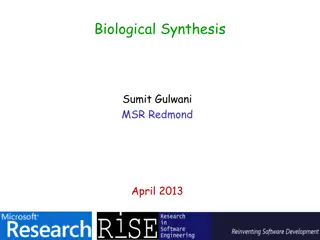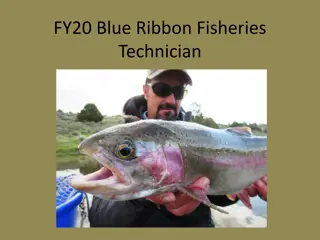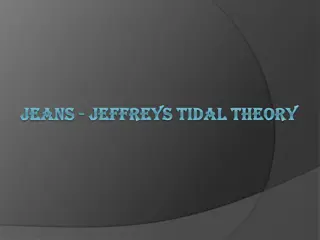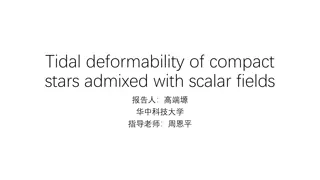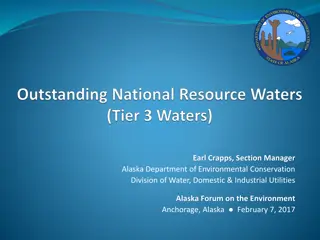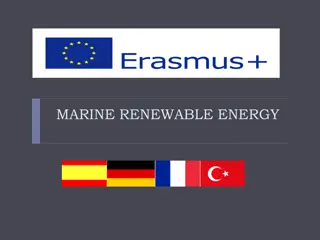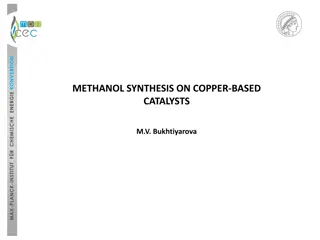Explaining Trends in Tidal Waters Synthesis Process and Lessons Learned
Dive into the synthesis process of tidal waters trends with experienced leaders to uncover valuable insights. This immersive workshop series features hands-on activities, open discussions, and regular communication to maximize learning and collaboration. Explore clear research and management goals while fostering leadership development in a conducive environment for innovative thinking and knowledge exchange.
Download Presentation

Please find below an Image/Link to download the presentation.
The content on the website is provided AS IS for your information and personal use only. It may not be sold, licensed, or shared on other websites without obtaining consent from the author.If you encounter any issues during the download, it is possible that the publisher has removed the file from their server.
You are allowed to download the files provided on this website for personal or commercial use, subject to the condition that they are used lawfully. All files are the property of their respective owners.
The content on the website is provided AS IS for your information and personal use only. It may not be sold, licensed, or shared on other websites without obtaining consent from the author.
E N D
Presentation Transcript
Explaining Trends in Tidal Waters Synthesis Process and Lessons Learned Experienced leadership One or 2 leaders who ve been through process before At least one champion preferably two Early-career participants Limited size ( 12) Topic is ripe for synthesis Clear research AND management goals Multiple products; co-authorship Multiple immersive workshops: 4 multi-day workshops Minimal powerpoints; focus on breakouts and schedule flexibility Conducive location ( walkability , good IT, whiteboards, break outs, food, drinks, photo ops) Regular communication in between workshops (leader emails, conference calls, offline collaboration) 1
Synthesis for Explaining Trends in Water Quality Goals: Original proposal significant research question critical point collation and synthesis of existing data collaborative analysis interdisciplinary research team
STAC Synthesis - Background 2017 Rich Batiuk (et al) proposed STAC consider taking on science synthesis (SS) topics as a way to provide a more in-depth information to decision makers. Example used was submerged aquatic vegetation (SAV) effort. Deep-dive; beyond a 2-3 day workshop. Support among STAC members Identified importance of linking SS effort with needs of partnership 2018 First STAC led SS effort focusing on climate change - based on STAC s long record of encouraging the CBP to address climate, the need to build on recent and forthcoming STAC CC efforts (including this workshop), and the recent decisions taken by the PSC. Subcommittee of STAC members formed to develop overall mechanism $125,000 added to STAC s budget to fund 1-2 syntheses
Remaining Needs for Synthesis: Time resources to hire a dedicated individual with the technical competence (e.g., a postdoc). Engagement of relevant expertise resources to engage relevant members of the science community (e.g., travel support). Payoff to both the CBP Partnership and SS participants. Focused effort of and engaged SS cohort to address a specific need. Publishable work and synergies that may result in additional collaborations.
(DRAFT) General STAC Science Synthesis Model Includes a research scientist and Advisory Committee. The scientist will be employed by the Chesapeake Research Consortium (CRC) and located as appropriate for the work. Advisory Committees (AC) will be composed of 3 to 5 members with one AC member being a current STAC member. An AC will be led by one or more researchers currently active in the area of the proposed SS project.
Topics Heard Today Biogeochemical dynamics of speciation Conduct multi-model comparison and skill assessment for estuarine models BMP efficiencies and resiliency Holistic assessment of regional resilience Resilience to extremes? Flooding? Coupling local concerns with broader Bay resiliency across the watershed Assess ability to meet current Bay Agreement goals and water quality standards under future climate conditions
